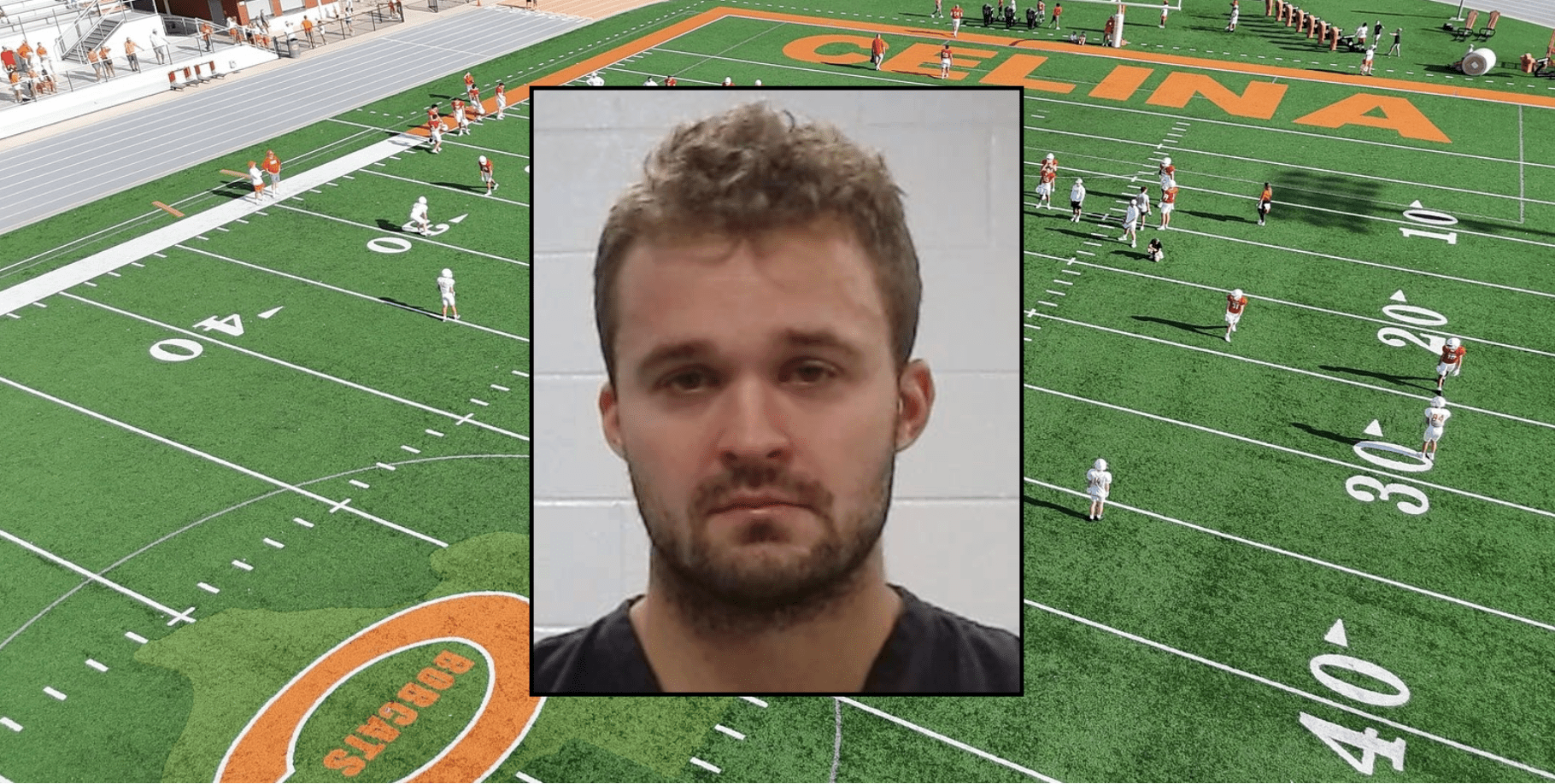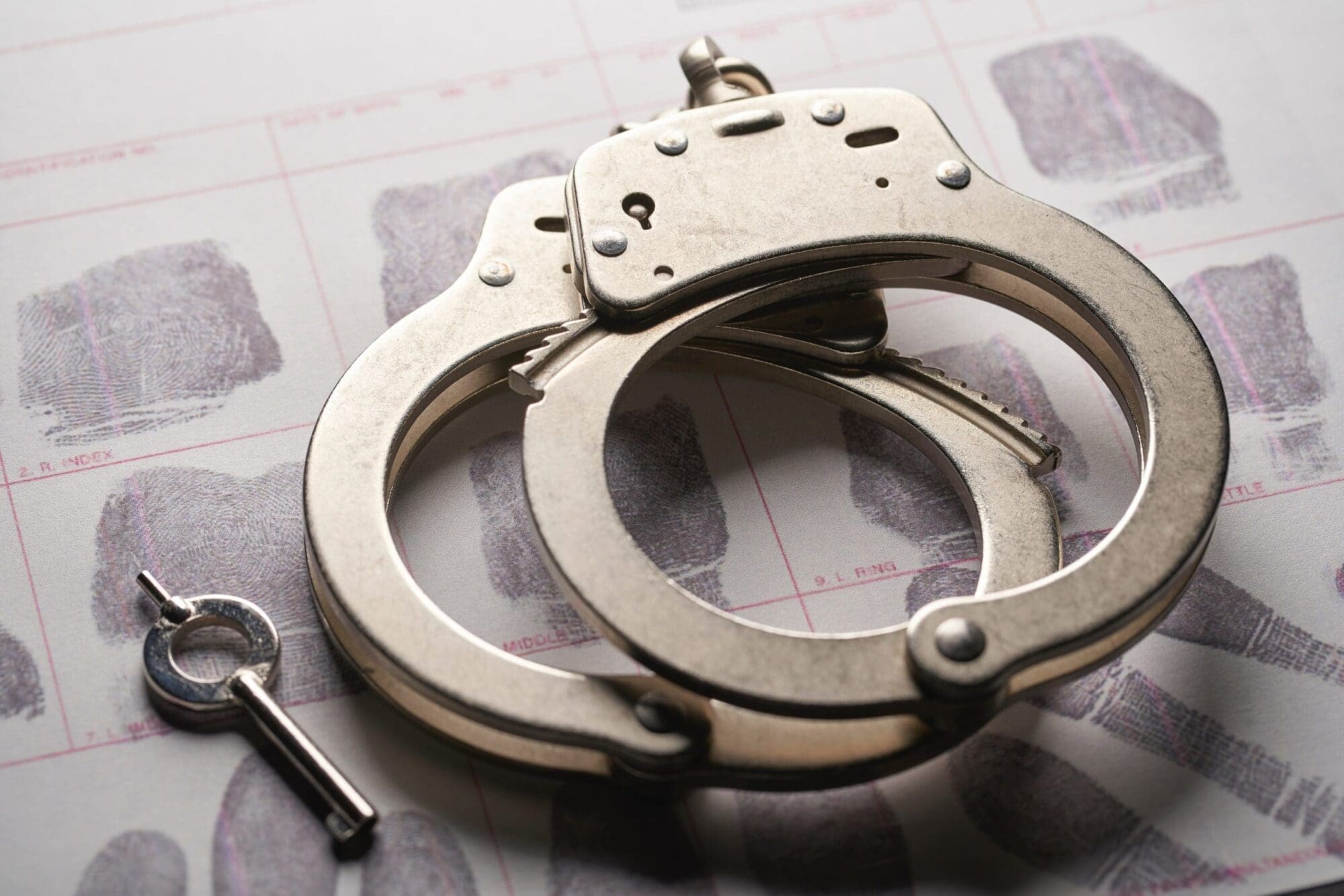With Texas’ five largest counties now approved to use countywide voting, a majority of Texans who vote on Election Day this November will do so at countywide vote centers, meaning voters can cast ballots at any polling location within their county. But a hearing last week revealed concerns about technology and whether election officials are prepared for the transition. At the same time, a new Texas study shows countywide voting has no impact on voter turnout.
This will be the first election in which voters in all five of the state’s largest counties use countywide voting. In all, 69 counties will use countywide polling places in the November 5, 2019 election, representing 27 percent of Texas counties but 73 percent of Texas voters.
“We are ready to make history as the largest county in the country to implement countywide voting centers,” said Harris County Clerk Diane Trautman at a September 12 public hearing on countywide voting held in Harris County by the Texas House Elections Committee. Harris is the largest county in Texas, with over 2 million registered voters, and was just added to the growing list of counties approved to use countywide polling places on a permanent basis.
Trautman and other proponents say countywide polling places make voting more convenient, potentially increasing turnout, and they prevent eligible voters from being turned away or given provisional ballots for going to the wrong precinct polling place on Election Day.
Harris County’s Democrat Party Chair Lillie Schechter, one of several witnesses invited to testify at the hearing, applauded Trautman, saying countywide voting “increases accessibility and turnout.”
Skeptics, though, aren’t convinced election officials are ready to successfully implement the program or that it will increase voter turnout.
Several testified about inadequate technology, long wait times, fewer polling locations, a potentially politicized site selection process, allocating scarce translators that are required by the federal Voting Rights Act, and a heightened risk of fraud.
State Rep. Valoree Swanson (R–Spring) said she was “surprised” Harris County got approval to use the countywide voting program based on a single-trial election this May that involved low turnout, short ballots, and only about a third of the county.
Technology and Wait Times
Swanson, whose district is within Harris County, told Trautman she was concerned about reports of long check-in wait times at some polls. Election workers attributed the problem to poor connectivity of the electronic poll books that are a key requirement for participating in the program. Swanson’s House Bill 4130, which took effect September 1, directs the Secretary of State to set specific standards and requirements for certifying electronic poll books—a safeguard that currently doesn’t exist.
Trautman acknowledged isolated connectivity challenges in the May trial but said they had been addressed for November. She also said she is confident the county’s equipment will meet the new poll book standards.
Keith Ingram, director of elections with the Texas Secretary of State’s office, said the new certification requirements in HB 4130, along with House Bill 1421 addressing cybersecurity of voting systems and election-related technology, “will go a long way toward making Texas elections more secure.” Ingram’s office gave Harris and other counties the green light to use countywide voting, indicating he believes they are ready to meet the program’s current requirements.
State Rep. Stephanie Klick (R–Fort Worth), who chairs the Elections Committee, said she’s concerned lengthy ballots will lead to long wait times for voters. Trautman confirmed Harris County has the longest ballot in the country, but said with countywide vote centers, “there will never be a need to wait in line.”
Brazoria County Clerk Joyce Hudman testified they still had lines when her county implemented countywide polling in 2015, but voters didn’t have to be turned away and sent to their home precinct to vote.
Number and Location of Polling Places
A key factor in the program is the number of Election Day polling places. While Brazoria cut its number of polling places in half, to around 30, Trautman said Harris will open 757 countywide vote centers on November 5—the same number as there were with precinct polling locations.
But Harris County Republican Party Chair Paul Simpson said it’s “inevitable” the county will reduce the number of polling places in future elections.
“One of the drivers of countywide vote centers is lowering costs by reducing the number of locations,” Simpson noted. Texas Election Code allows counties using vote centers to reduce the number of Election Day polling places by 50 percent of the number of precinct polling locations.
Simpson also doubts the county’s electronic poll book system can manage such a large number of vote centers—over 700 Election Day locations, compared to about 50 used during early voting. “It’s not simply a question of connectivity,” he said. “It’s about the ability of [the] system to handle the volume of data from the e-poll books.”
Another concern, also noted by Swanson, is that counties can place up to twice as many polling places in one commissioners court precinct as are in any other, opening the selection process to political “mischief and gamesmanship,” Simpson said.
Simpson said the Republican Party agrees voting should be “convenient, easy, and accessible to all voters across the county,” as well as “fair and equitable to everyone,” but Harris County’s vote center program is “not ready for prime time.”
State Rep. Briscoe Cain (R–Deer Park) asked Trautman if she was looking at putting polling locations in jails. She said a county commissioner asked her office to study the idea, but they determined “it will not be a possibility at this time.”
Impact on Voter Turnout
While proponents of the program tout its beneficial effect on accessibility and turnout, a recent University of Houston study of countywide voting in Texas that found vote centers’ impact on voter turnout is “marginal and not statistically significant.” The research published in July 2019 showed:
“For presidential elections the impact of vote centers on turnout is basically zero, the opposite of what was expected. For midterm and constitutional elections turnout is higher in those counties that implemented vote centers the last comparable election cycle … but the impact for each election type is not statistically significant from counties that did not implement vote centers.”
Researchers concluded that any bump in voter turnout is temporary.
Countywide Polling Place Program
Countywide voting began as a pilot program in 2005 and was subsequently expanded by the Texas Legislature to allow more eligible counties to participate.
To qualify for the program, a county must use a direct recording electronic (DRE) voting system and a “computerized voter registration list that allows instantaneous verification that a voter has not already voted at another polling place,” commonly referred to as an electronic poll book system. Eligible counties must apply to the Secretary of State, hold public hearings, and submit a detailed implementation plan and letter of support from the county judge.
Up to 10 counties can be approved to participate in the program each election. After an initial trial, counties can be declared “successful” and continue using countywide voting without further approval. To date, the SOS has deemed 60 counties “successful.”
November 5 marks the first election in which Texas’ five most populous counties, which together account for about 40 percent of the state’s 15 million registered voters, are using countywide voting. Travis County has used vote centers since 2012, while Harris just received “successful” status after a trial run in the May 2019 local election; Bexar, Dallas, and Tarrant are participating for the first time.
Texans will soon find out how well those counties implement countywide voting and how voters benefit. Ready or not, countywide polling places are coming.





